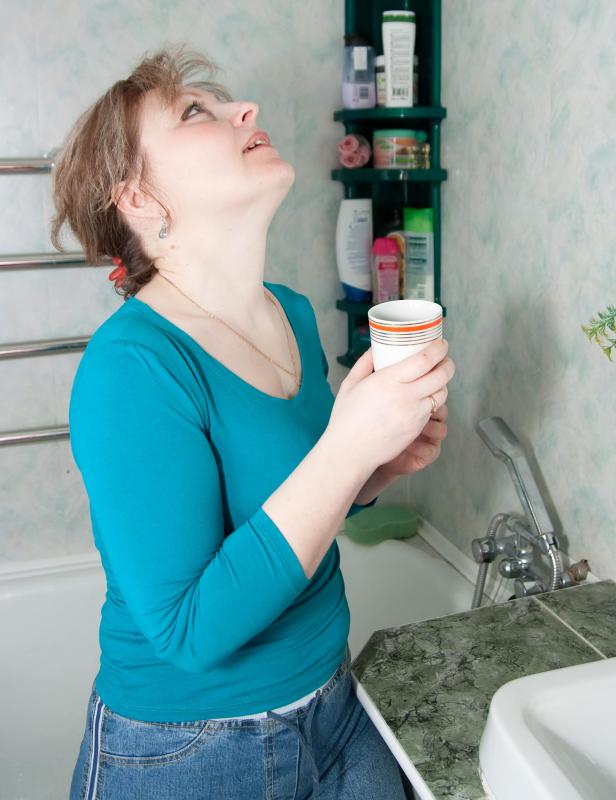At WiseGEEK, we're committed to delivering accurate, trustworthy information. Our expert-authored content is rigorously fact-checked and sourced from credible authorities. Discover how we uphold the highest standards in providing you with reliable knowledge.
What Are the Medical Uses of Baptisia Australis?
The perennial plant known as Baptisia australis is native to most areas in the Eastern United States, from Southern Canada down to Texas. Also known as wild indigo, rattleweed or blue false indigo, this plant produces distinctive, blue-violet flowers and roots that have been used for several centuries as an herbal remedy for a variety of ailments. Though considered a toxic plant by the U.S. Food and Drug Administration, the plant is renowned for its antibiotic, antiseptic and anti-inflammatory properties.
According to the University of Illinois Extension, Baptisia australis is rich in tannins, glycosides and alkaloid enzymes that are effective in treating a range of medical problems, including its activity in boosting immunity as a so-called immunomodulator. In too high a concentration, however, it can be toxic. A physician should be consulted before the roots of this plant are used for medicinal purposes.

Though Baptisia australis is not approved for use by any formal health organization, its known uses are widespread. According to Florida Hospital, it is used orally to treat bacterial infections and ease the symptoms of ulcers. It is also used topically to promote the healing of wounds, from cuts and scrapes to burns and boils.
Native Americans were already using Baptisia australis when colonists arrived in the New World. According to Healthline.com, natives once used the plant's roots as a purgative to ease constipation and as an emetic to cause vomiting when poisoning was suspected. Herbalists commend extracts of the plant's roots for aiding in healing respiratory infections, fever, influenza, the common cold, tonsilitis, and scarlet fever. They also a applaud its use as a gargling agent to fight the gum disease known as gingivitis, sore throats and even bad breath. As of 2011 medical studies have proven none of these claims; however, anecdotal evidence has provided some verification.

Medical experts highlight the toxic nature of Baptisia australis, urging those considering this herbal remedy to consult a physician first. Side effects can include respiratory problems, chest contractions or pain, and a rash or hives on the skin. Overdosing also can cause vomiting and diarrhea, according to Florida Hospital. Children and pregnant or breastfeeding women are urged to consider other options for health care remedies. Those with high blood pressure or heart disease also are at higher risk when ingesting this plant.
AS FEATURED ON:
AS FEATURED ON:














Discuss this Article
Post your comments